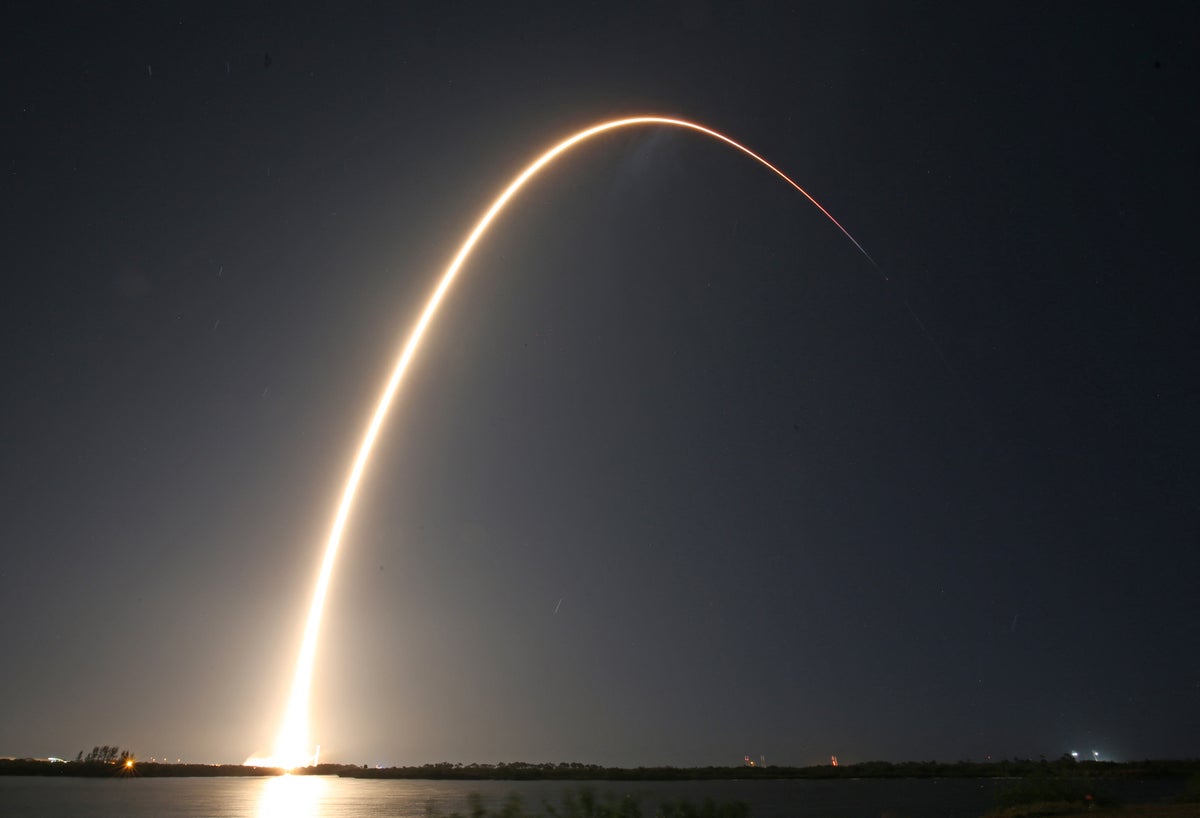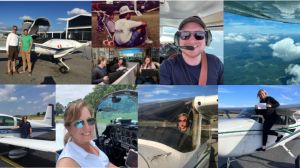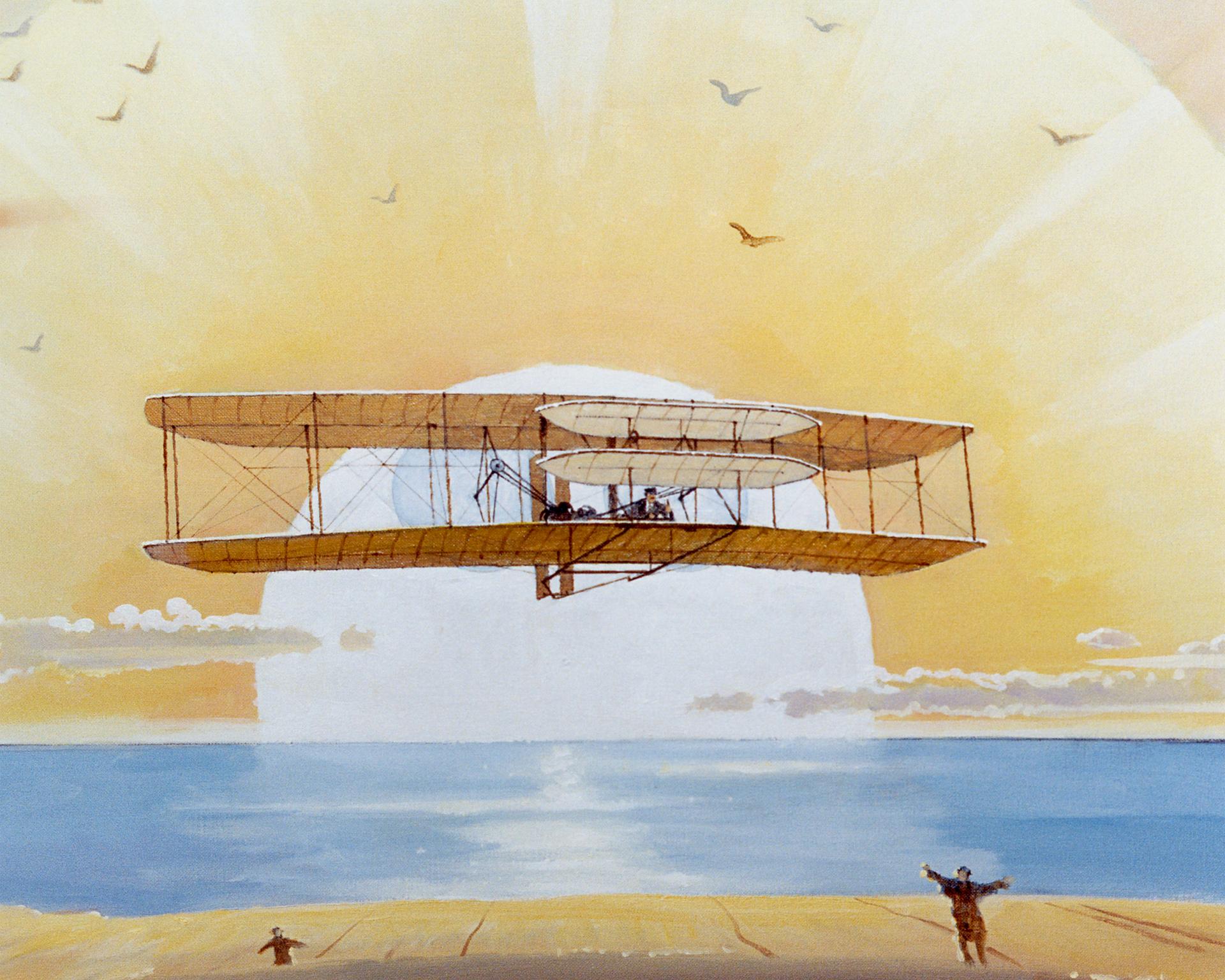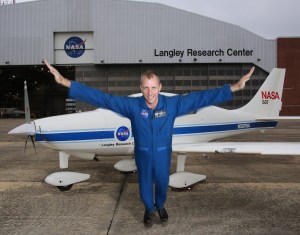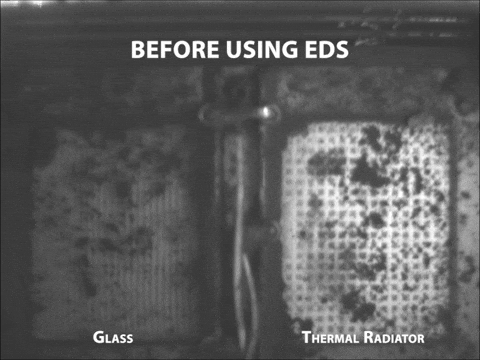NASA Celebrates Ames’s Legacy of Research on National Aviation Day
NASA works every day to improve air travel – and has been doing so since its creation decades ago. On National Aviation Day, NASA and all fans of aviation get the chance to celebrate the innovative research and development the agency has produced to improve capability and safety in flight. NASA’s Ames Research Center in […]
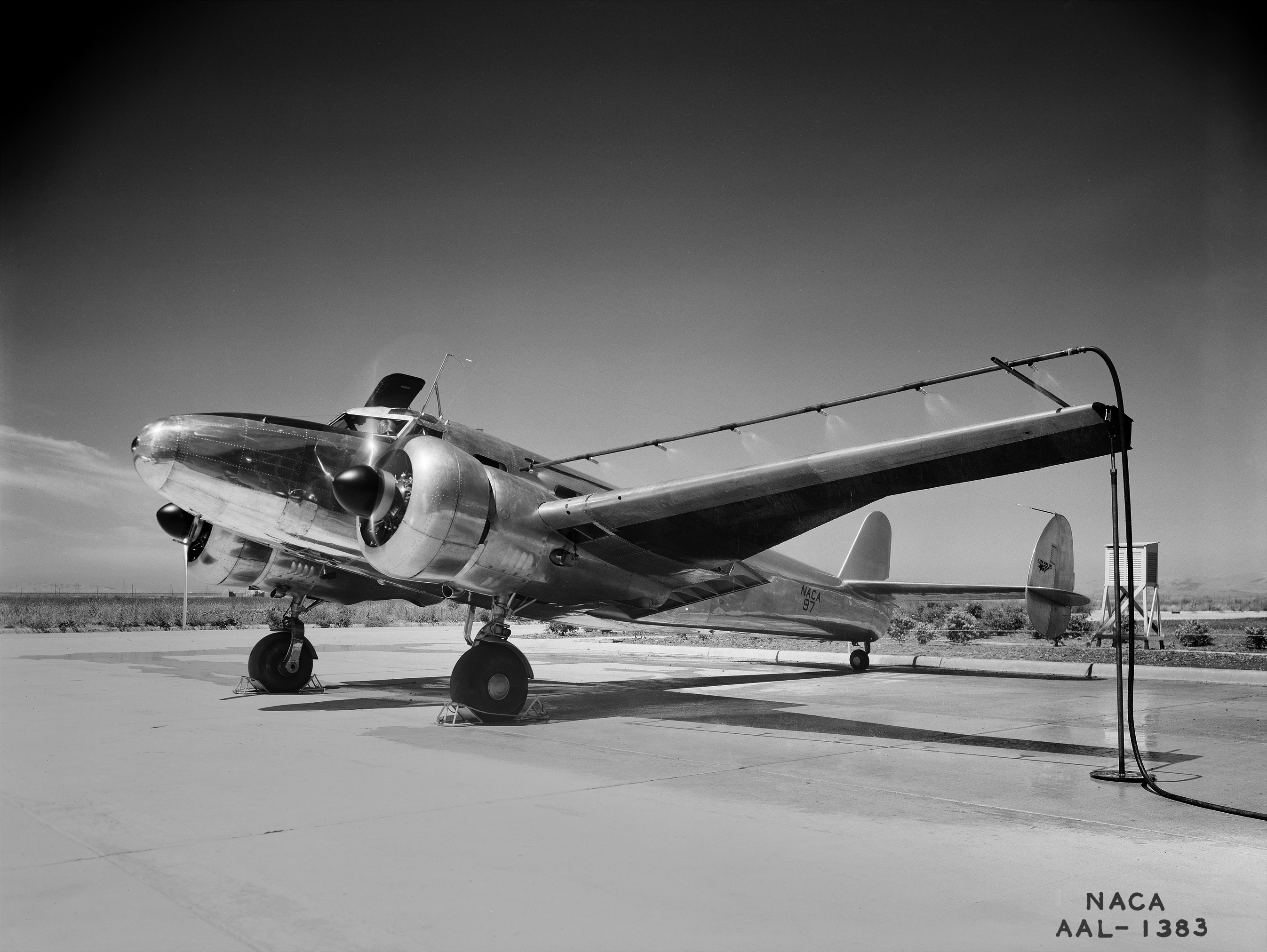
2 min read
Preparations for Next Moonwalk Simulations Underway (and Underwater)
NASA works every day to improve air travel – and has been doing so since its creation decades ago. On National Aviation Day, NASA and all fans of aviation get the chance to celebrate the innovative research and development the agency has produced to improve capability and safety in flight.
NASA’s Ames Research Center in California’s Silicon Valley has a historic legacy in aeronautics research. When the center was founded in 1939 by the National Advisory Committee for Aeronautics (NACA), its early research included working to reduce icing on aircraft wings.
When ice coats the wings of an airplane, it reduces lift and increases drag, which can cause the aircraft to lose altitude and control. Ames researchers developed different approaches to solve the icing challenge, including a “hot wing” thermal anti-icing system. The system worked by running hot engine exhaust along the leading edges of aircraft wings, warming them and preventing ice buildup. Ames researchers modified aircraft and tested them before traveling to Minnesota, where they were flown in icy conditions.
Today, many turbine-powered aircraft, like passenger jets, use “bleed air” anti-icing systems, which warm the leading edges of aircraft wings using compressed air from their engines. These systems are built upon the early research and testing done at Ames.
The legacy of aviation innovation continues at Ames, through aeroscience research like wind tunnel testing, air traffic management, and advanced aircraft systems.
Share
Details
Related Terms
What's Your Reaction?




















